Silent Hill f: Character & Monster Design Models Revealed
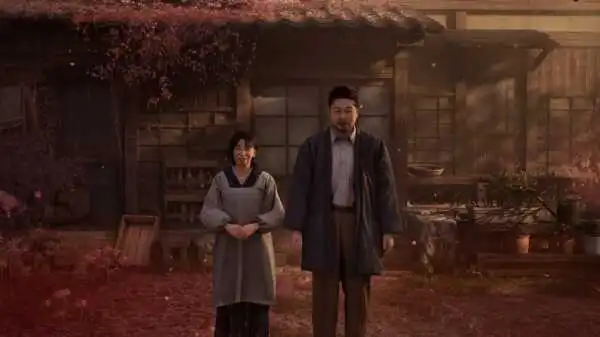
When Silent Hill f was announced, fans buzzed not only over its return to horror but also its relocation to 1960s rural Japan. Beneath the mist and dread lies a foundation of thoughtful design: the character and monster models that carry tone, metaphor, and terror in nearly every frame. In this article, we pull back the curtain to examine how Silent Hill f visual models were conceived, sculpted, and contextualized, revealing the art and craft behind its unsettling world.
Creative Vision and Art Direction
Konami producer Motoi Okamoto explained that the series had drifted from its Japanese horror roots over time. For Silent Hill f, he envisioned a return to that psychological core. To bring that vision to life, Konami entrusted NeoBards, a studio with strong ties to Asian narrative sensibilities, to lead the visual and mechanical design.
The art team embraced fieldwork: visiting real towns such as Kanayama in Gifu Prefecture to record ambient textures, walk through architecture, and absorb spatial authenticity. The goal was a town that feels lived-in but subtly askew.
Into this canvas stepped kera, the lead creature and character designer. Known in Japan’s horror art circles, kera was tasked with breathing life into the nightmares that roam Ebisugaoka. Their role extended from concept sketches to final model approvals. The Silent Hill f Deluxe edition includes a digital artbook showing concept illustrations of characters, monsters, and environments, helping fans track how early ideas evolved.
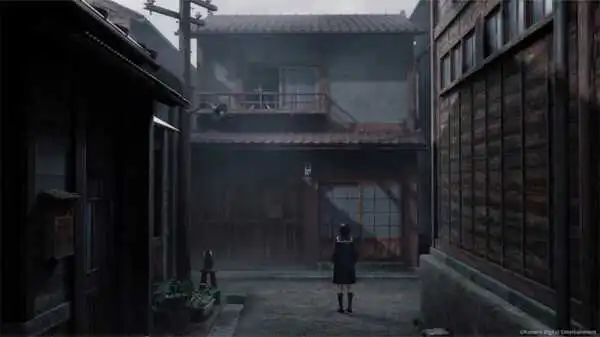
From Concept to 3D Model: Techniques and Challenges
Concept Art and Iteration
The design team begins with silhouettes and mood boards. Monster forms that fuse doll motifs, broken limbs, and folkloric distortions first live on paper or digital canvas. These concept drafts refine the emotional beat before the 3D work begins. According to design narrative, monsters often function as “combat puzzles,” demanding players to read movement, weak points, and cues.
Sculpting and Detailing
Community interviews reveal that many fine surface details were sculpted directly onto the mesh rather than relying solely on normal maps. This yields deeper engravings, cracks, wrinkles, and irregularities that read more naturally under lighting. High-poly sculpts are then retopologized to lower polygon models suitable for real-time gameplay, with texture maps and material layers added later. The seamless handoff between high and low detail is essential for believable proximity to the camera.
Rigging, Animation and Deformation
After modeling comes rigging: assigning bone hierarchies, weight maps, and controllers that define how models bend, stretch, and recoil. Character models such as Hinako require expressive facial rigs, limbs that deform smoothly, and blendshapes for emotional cues. Monster models push boundaries with elongated limbs, offset joints, and asymmetric designs, making deformation especially tricky. The art team must prevent visual tearing or unnatural collapse under extreme poses.
Signature Monster Types and Model Highlights
Yokai-Inspired Entities and Doll Motifs
A strong thread in Silent Hill f design is its use of Japanese horror imagery. Instead of generic grotesque creatures, many monsters incorporate yokai lore, warped doll forms, and traditional visual tropes: slit mouths, porcelain-like textures, and humanoid distortions. These monsters do not always assault head-on; sometimes their posture, shape, and twitching limbs hint at threat before they strike.
Boss and Halo Motif with Symbolic Modeling
Among the community, one standout boss model has generated discussion: some interpret a halo or sun-ray motif framing its head. Reddit analysts connected this imagery to Amaterasu, the Japanese sun goddess. This symbolic geometry suggests that even horrific models carry narrative significance in Silent Hill f. The silhouette doubles as both monster and icon, unsettling yet charged with allegory.
Comparison to Classic Silent Hill Monsters
While Silent Hill f forges new paths, its lineage echoes in the shadow of monsters like Pyramid Head. Though not appearing in this game, Pyramid Head remains a benchmark of symbolic, visceral design. Artists like Masahiro Ito, who originally created Pyramid Head, have recently shared scrapped monster designs, and some fans speculate that f may subtly reference that legacy. But f diverges; its horror is informed by Japanese aesthetics, not the heavy European surrealism of earlier entries.

Technical and Performance Considerations
Level of Detail and LOD Systems
Even the most detailed models cannot run at full fidelity at all distances. The art team implements Level of Detail (LOD) switching: high-resolution models near the camera, simplified ones farther away. This helps maintain smooth frame rates.
Interestingly, a newly released “No Fog” mod has already exposed how complex the models truly are beneath atmospheric masking, revealing hidden detail in creature forms usually obscured under mist.
Fog, Atmosphere and Visual Masking
Fog plays both an aesthetic and technical role. Beyond evoking dread, it softens transitions between LODs, masks texture loading, and helps hide pop-in. When fog is stripped away, fine model seams or LOD swapping become more visible, but you also see the artisanship hidden beneath.
Cross-Platform Constraints
The models must scale across PS5, Xbox, and PC, each with different rendering budgets, memory limits, and shader allowances. The artistic team balances polygon count, texture resolution, shader complexity, and draw calls to keep monsters detailed yet performant across hardware.
How Model Design Serves Horror and Narrative
True horror often lives in the tension between the familiar and distorted. Silent Hill f models walk that line: figures that are almost human but warped, dolls that should be benign but shift with menace. This uncanny valley effect reinforces tension every time you glimpse a monster at the edge of fog.
Creature models do more than scare; they tell a story. A broken limb suggests trauma. A twisted face framed with halo rays hints at religious conflict. Textural decay or masked faces suggest hidden identities or repression. In Silent Hill f, monsters are extensions of theme: control, identity, societal pressure, and inner fracture.
Looking Ahead and Community Response
Already, the mod community has shown interest in revealing parts of model detail, such as fog removal mods. The cleaner visuals reveal just how polished many underlying models are. Meanwhile, fan art, cosplay adaptations, and community 3D prints are likely to mirror or reimagine these designs. The concept art included in the Deluxe edition only deepens this dialogue between artist and audience.
In interviews, developers have hinted that not every creature is disclosed before launch, suggesting hidden monsters or future downloadable content that could expand the model gallery.
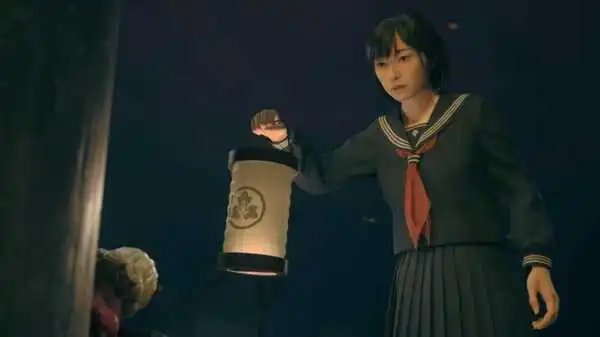
Conclusion
In Silent Hill f, character and monster modeling is not decorative; it is foundational. From culturally grounded creature frameworks to high-precision sculpting, from atmospheric masking to symbolic geometry, the visual models stand at the intersection of technical mastery and emotional storytelling.
The monsters you fight are not just threats; they are reflections of fear, identity, and narrative weight brought to life in mesh and texture. The moment you emerge from fog and see a towering, malformed figure is the moment the game’s design philosophy fully reveals itself.
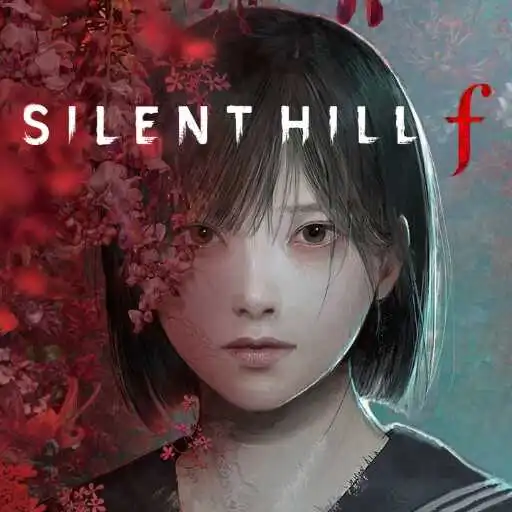
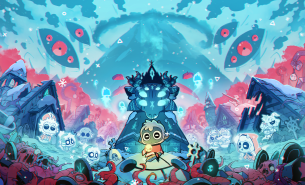
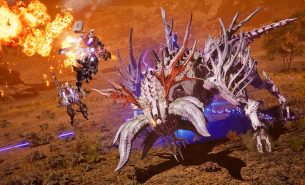
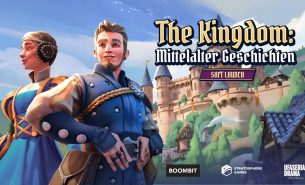
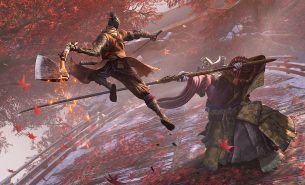
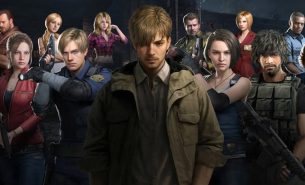

There are no comments yet :(